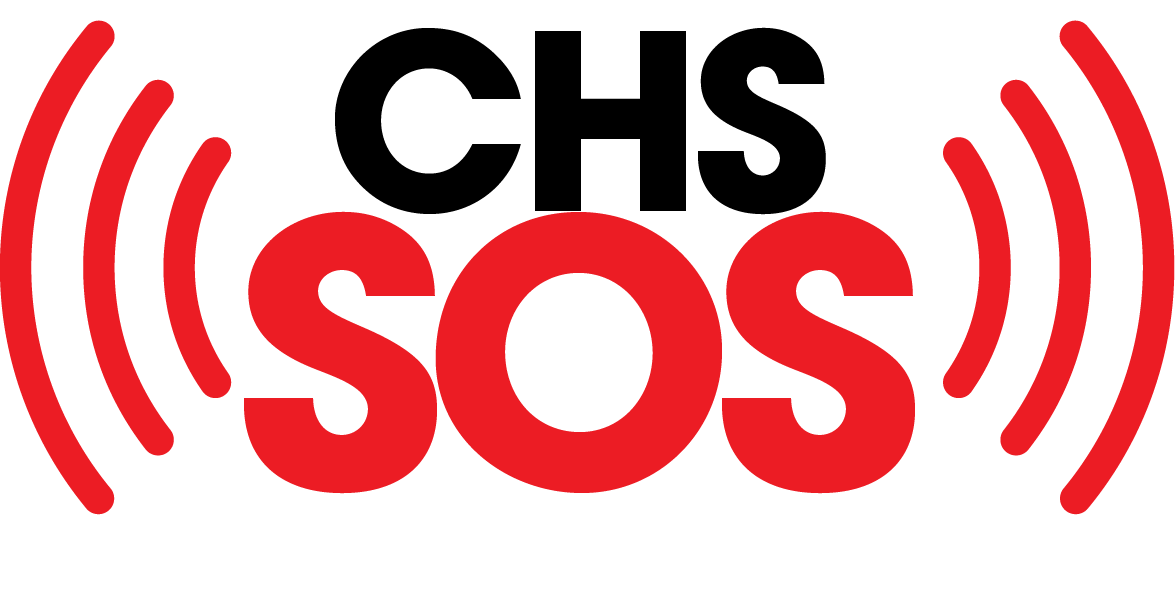Understanding CHS Symptoms
Cannabinoid Hyperemesis Syndrome (CHS) is a bit of a rollercoaster, with symptoms rolling out in stages over time. Spotting these symptoms early can seriously help in managing the situation better.
Prodromal Phase Symptoms
Think of the prodromal phase as the red flag phase. It can sneak up over months, even years. Here’s what might pop up:
- Early morning nausea: It’s like waking up on the wrong side of the bed every day.
- Abdominal pain: Stomach doing its own dance routine, and not the good kind.
- Increased anxiety: Feeling more jittery than a cat in a room full of rocking chairs.
- Sweating and flushing: You might feel like you’ve just run a marathon, only without the exercise.
- Increased thirst: Like your mouth is always in the Sahara Desert.
Catching these early signs, like this whole early signs of CHS gig, is a big deal in slowing things down.
Hyperemetic Phase Symptoms
Once you’re in the hyperemetic phase, things start ramping up, and it’s not fun. Here’s what it looks like:
- Intense vomiting: The tummy just can’t catch a break.
- Debilitating abdominal pain: It feels like you’ve got a gremlin gnawing away at your insides.
- Relief from hot showers: It’s like finding magic, if only for a while, under the showerhead.
Dealing with this phase is no picnic, which makes getting medical help super important. Knowing how this ties into cannabis use, as shown in the story of how does cannabis cause CHS? a deep dive into the science, is key.
Once you cut out cannabis, a recovery phase usually kicks in. Symptoms start to ease up in a few days, but you gotta stick to quitting to keep those nasty symptoms at bay. If you slide back into old habits, the symptoms might decide to make a quick comeback. So staying informed and understanding CHS is the way to go.
| Phase | Duration | Symptoms |
|---|---|---|
| Prodromal | Months to years | Morning nausea, stomach pain, anxiety, sweating, lots of thirst |
| Hyperemetic | Varies | Intense vomiting, nightmare stomach pain, find relief in hot showers |
For more on how CHS stacks up against other things like Cyclical Vomiting Syndrome, dive into our article on CHS vs. cyclical vomiting syndrome: key differences explained.
Knowing what’s what with these symptoms and when they hit, folks can better handle the ups and downs of CHS, and find the right help and treatment.
Causes and Risk Factors
Alright folks, let’s dig into why Cannabinoid Hyperemesis Syndrome (you know — CHS for short) pops up, especially for those cannabis fans who can’t seem to shake off that weird nausea and vomiting they’ve got going on.
Long-term Cannabis Use
The latest scoop on the street is that playing the long game with cannabis could very well lead to CHS kicking in. Big talk in research circles is that too much time on the green can crank those endocannabinoid system (ECS) receptors to eleven. What does all this mean? Picture your body’s natural nausea control taking a back seat, causing chaos in your tummy.
| Duration of Cannabis Use | CHS Risk |
|---|---|
| Less than a year | Meh, slim |
| 1 – 5 years | Pretty moderate |
| Over 5 years | Yep, quite high |
Endocannabinoid System Overstimulation
So, let’s chat about the endocannabinoid system — it plays a part in keeping your vibes, hunger, and even the old heave-ho in check. If you’re stuck with CHS, long-term cannabis use might scramble this system’s mojo. The kicker? More cannabis could actually make you feel worse, but when you’re feeling lousy, reaching for a smoke might seem tempting.
CHS symptoms often come in waves, and here’s how it breaks down:
- Prodromal Phase: The starting line with morning nausea, maybe some tummy rumbles, and anxiety creeping in.
- Hyperemetic Phase: Enter the heavy hitters of nausea and vomiting. A hot shower might be your best friend here.
- Recovery Phase: This moment of glory hits after kicking the cannabis habit, and bit by bit, eating starts to feel normal again (Cedars-Sinai).
Knowing these twists and turns can put folks in control of their narrative and clue them in on whether it’s high time to check in with a doc for some sound advice.
Lookin’ for more intel on what’s troubling you? Check out our scoop on cannabinoid hyperemesis syndrome: the ultimate guide to symptoms causes and treatment and see how grass might be messing with your mojo in how does cannabis cause chs? a deep dive into the science.
Treatment and Recovery
Cessation of Cannabis Use
Alright, if I’m dealing with Cannabinoid Hyperemesis Syndrome (CHS), my first order of business is to ditch cannabis. That’s right, going cold turkey on cannabis is my ticket to kicking those pesky symptoms to the curb. Once I pull the plug on my cannabis habit, I should start noticing those symptoms slowly backing off, almost like an intricate dance with relief.
Studies show that when folks back away from cannabis, they often find themselves feeling a lot better within about 10 days. But hey, no promises on an overnight miracle—my body may take its sweet time, possibly a couple of months, to fully recalibrate. It’s important to stick to the plan, though; diving back into cannabis too soon might drag me back to square one with all those symptoms.
Recovery Timeline and Expectations
Getting a grip on my recovery timeline can be a huge help—like a roadmap for my detox journey. Once I say goodbye to cannabis, the healing usually kicks off within a day or two, but patience is key since every journey is as unique as the person taking it.
| Recovery Phase | Timeline | Notes |
|---|---|---|
| Initial Relief | 1-2 days | Those annoying symptoms start easing up |
| Significant Improvement | 10 days | See ya later, symptoms! A big chunk of ’em fade away |
| Complete Recovery | Weeks to months | Might take time, especially if I’ve been using a while |
Though I might get some quick wins and start feeling spiffy soon, I’ll need to keep my eyes on the prize and abstain for the long haul. My personal ride through CHS, with all its ups, downs, and in-betweens, will really define my path to recovery.
Feel like diving deeper into how CHS and cannabis tango? Hit up how common is cannabinoid hyperemesis syndrome? and the connection between chs and chronic cannabis use.
Prevention Strategies
Avoiding Cannabis Use
Let’s be real, the golden ticket to dodging Cannabinoid Hyperemesis Syndrome (CHS) is to steer clear of cannabis. Giving up the green stuff can feel like a tough nut to crack, especially if your relationship with Mary Jane’s been going on for a while. But oh boy, the rewards are worth it. Giving marijuana the boot can open doors to feeling better overall and side-stepping CHS entirely (Cleveland Clinic).
There’s a study making the rounds that tells us nearly 80% of folks who stopped their toking sees the back of CHS, while the rest clinging to their stash can’t shake off the symptoms. Imagine seeing an ease in the misery of vomiting within just a day or two of calling it quits (WebMD). This is the real deal: quitting is the surefire ticket to nip CHS in the bud.
| Key Notes on Cannabis and CHS Prevention |
|---|
| What to Do |
| Quit cannabis |
| Perks of quitting |
| Recovery odds |
Awareness and Education
Getting clued-up about CHS is half the battle won to keep it at bay. A bunch of users out there don’t have a clue that dragging on joints for too long might land them in this spot. If we get the lowdown on symptoms and triggers of CHS, we might be able to peep potential dangers sooner rather than later.
Education should hit hard on how CHS plays out, going from the prodromal to the hyperemetic and then recovery phases. Knowing these stages can arm me and my pals to spot the signs early on and take action.
Awareness drives could shed light on how a love affair with cannabis, especially when high on THC, ups the ante for CHS (the role of thc in chs: why high-thc strains are risky). When we hand people the knowledge and tools they need, we’re building a squad that puts health first, kicking CHS to the curb.
Need backup on how to chat this out with your doc? Check out this handy guide: how to talk to your doctor about chs symptoms.
Diagnosis and Misdiagnosis
Figuring out what’s going on when dealing with Cannabinoid Hyperemesis Syndrome (CHS) can feel like cracking a tough puzzle. I’ve learned the hard way that getting it right can be the big change you need for getting better.
How to Spot CHS
Here’s how doctors usually figure out if someone has CHS:
- Using cannabis a lot: This usually means smoking weed every week or even daily.
- Tummy troubles: We’re talking serious nausea and vomiting that hits over and over again.
- Hot shower trick: Weird but true, a lot of folks feel better after a hot shower.
- Getting better once weed is out: If stopping the green stuff makes you feel better, that’s a pretty big clue that CHS might be the problem (Cedars-Sinai).
Telling CHS Apart from CVS
Cyclical Vomiting Syndrome (CVS) can look a lot like CHS, and I mean a lot, which can mess up getting the right diagnosis. But there are some things to look out for. The biggest clue it might be CHS is that stopping marijuana makes the symptoms chill out, while with CVS, the symptoms don’t care if you smoke or not (NCBI).
If you’re scratching your head trying to figure out your symptoms, checking out the early signs of CHS can clear things up. Once I knew what was going on, I felt like I could finally manage the whole mess. If you’re struggling with nausea and vomiting that just won’t quit, chatting with your doc about CHS symptoms might give you some answers (how to talk to your doctor about chs symptoms).
CHS Prevalence and Awareness
Challenges in Figuring Out Prevalence
Grasping how often Cannabinoid Hyperemesis Syndrome (CHS) pops up isn’t exactly a walk in the park. It likes to play chameleon with its symptoms, mimicking other illnesses like Cyclical Vomiting Syndrome (CVS). So, it’s easy for folks to end up with the wrong sticker slapped on their foreheads CHS vs. Cyclical Vomiting Syndrome: Key Differences Explained. Plus, a lot of these cases slip under the radar, thanks to people not knowing it exists – both patients and doctors are in the dark on this one.
A deep dive into some research rolled out by the Cleveland Clinic found that around 32.9% of frequent marijuana lovers who had a not-so-fun pit stop at the emergency room ticked all the boxes for CHS how common is cannabinoid hyperemesis syndrome?. This suggests CHS is more common than we thought, particularly among the long-time tokers.
| Study | Findings |
|---|---|
| Cleveland Clinic | 32.9% of frequent marijuana users in emergency departments met criteria for CHS. |
| Canadian Study (2022) | 13-fold spike in emergency room visits for CHS-related shenanigans from 2014 to 2021 after legalization. |
As research keeps chugging along, it’s getting clearer we need to bust out the magnifying glass and start differentiating CHS from other belly troubles to really get a grip on how common it actually is.
Ripples of Cannabis Legalization
The big shift towards legalizing cannabis has thrown CHS under the spotlight in an unexpected way. Over in Canada, after they gave the green light to cannabis, the number of ER visits linked to CHS skyrocketed. A study from 2022 laid it out bare, showing a jump by 13 times in such visits from 2014 to 2021, drawing a straight line to the easier access to weed WebMD.
With cannabis now more available and packing a bigger punch in terms of potency, it’s super important to get people on-board with what CHS is all about. Reports have hinted that once people and healthcare workers catch on to the fact that CHS can be tied back to using cannabis, there’s a better shot at identifying and treating it right.
In the US, as more states start loosening their grip on cannabis laws, we’re expecting to see CHS cases tagging along for the ride. This amps up the need for spreading the word among both users and healthcare whizzes, helping them spot the signs and find help as soon as possible.
If you’re curious about the hard science behind CHS, check out how does cannabis cause CHS? a deep dive into the science. Anyone wrestling with unexplained nausea and throwing up, especially if they’re into cannabis, ought to know what’s going on with CHS.



1 Comment